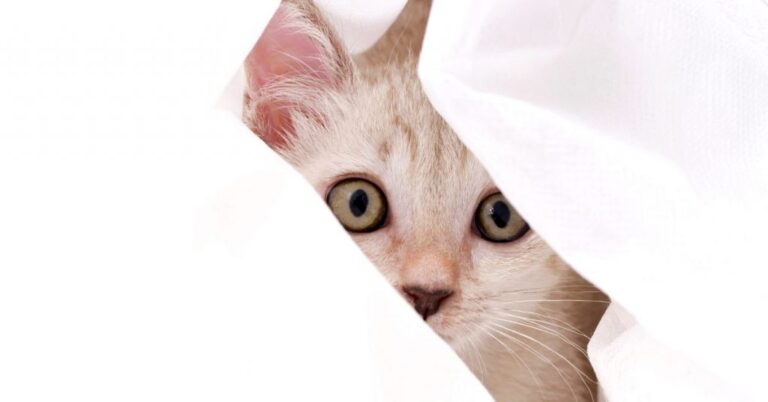What To Do If Your Cat Is Choking
Are you confused if your cat is choking or coughing? It’s hard sometimes to identify what’s happening with your cat.
If you are a cat owner, read more to know when your cat is choking, what to do if the cat loses consciousness and when to call emergency.
Cat care is like watching small children, you should be aware of any potential choking hazards.
So it’s a good idea to keep your cat away from such hazards. Moreover, if something is labeled as a cat toy, doesn’t have to mean it’s safe for your cat.
How To Tell If Your Cat Is Choking
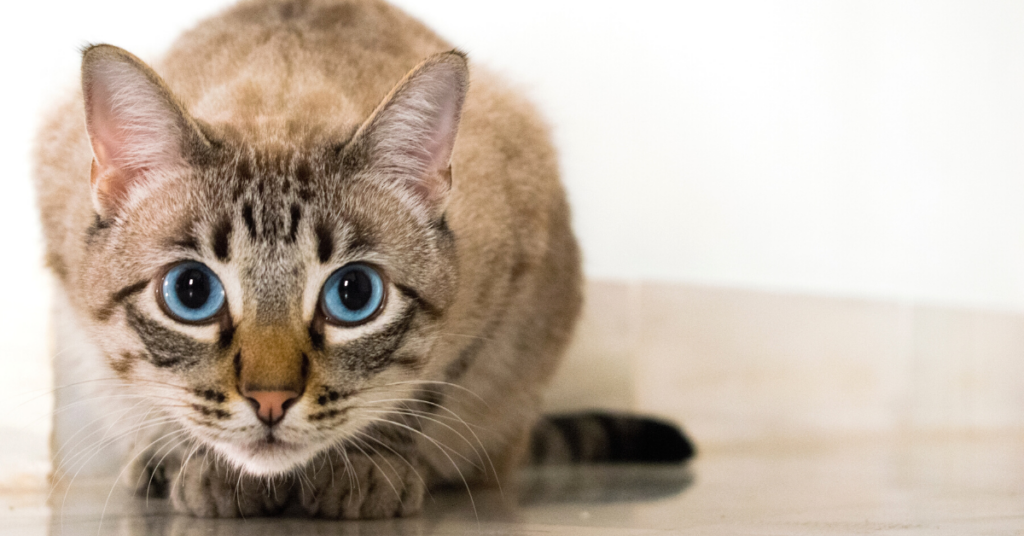
Firstly, choking is when foreign objects get stuck in the cat’s larynx or trachea, which prevents air flow.
It can be anything from a pen cap to a hair tie or a toy.
There are signs you can notice to help you know if your cat is choking.
Such as coughing, pawing at the mouth or drooling, difficulty breathing, and fainting.
Fortunately, choking rarely happens in cats.
What Causes Cats To Choke?
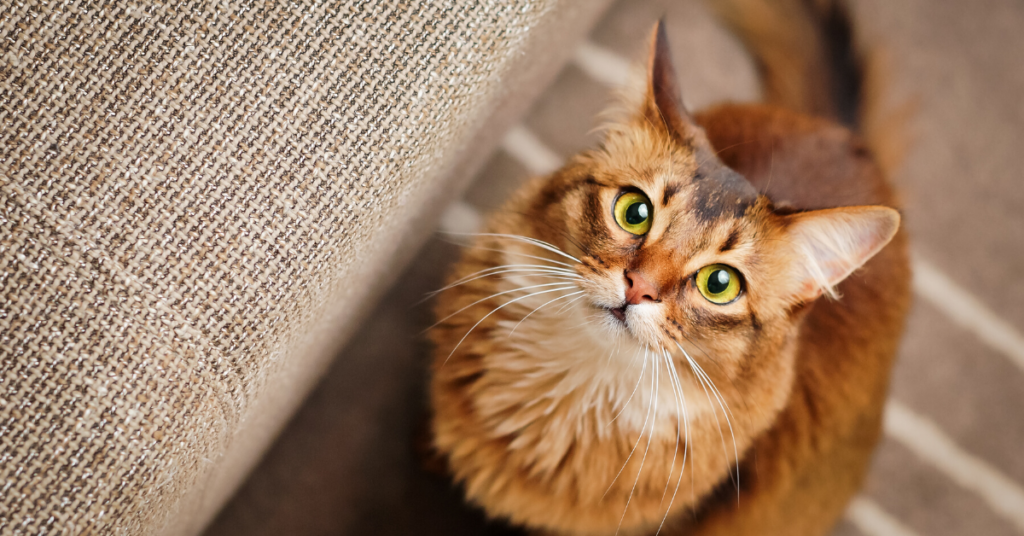
The primary cause that makes a cat choke is something they ate.
And it’s gotten stuck in the throat like pills, tinsel, small pompoms, or bells.
If an object is stuck in the cat’s trachea (the tube connecting the throat to the lungs), it can block air flow.
If the obstruction was in the esophagus (the tube that goes from the throat to the stomach), and the object is large enough, it can press on the nearby trachea and cause choking.
Coughing or Choking?
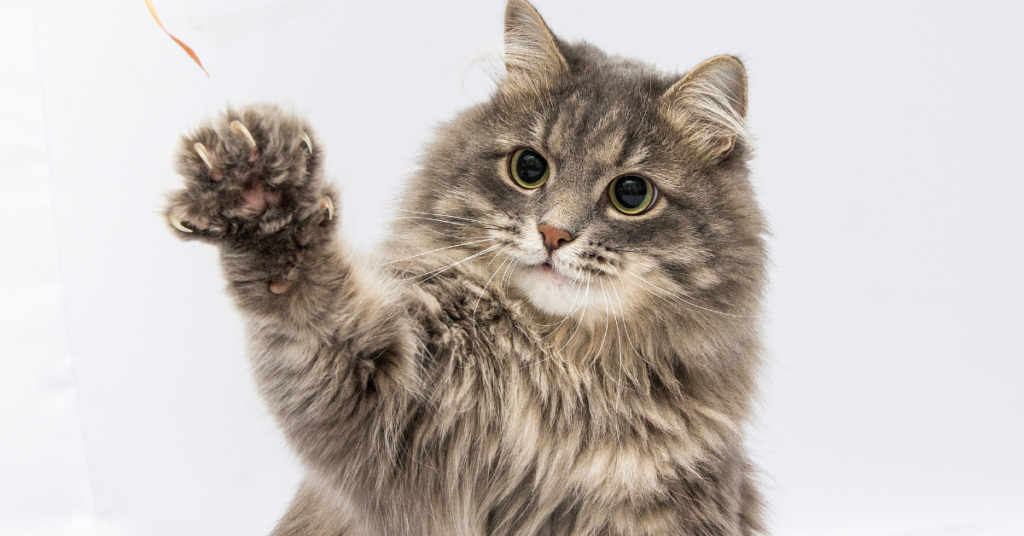
The difference between coughing and choking is that choking requires immediate emergency care.
Usually, cats cough when they have hairballs, asthma or heartworm disease.
If your cat is coughing because of a hairball that won’t come out, it could lead to serious problems.
It can block the digestive tract.
If your cat hacks up a hairball often more than once a week, you should talk to your vet to give her a hairball control food or other diet that will prevent wads to form.
However, choking requires immediate veterinary care. If your cat is choking, you will notice that the tongue and gums may turn bluish.
Moreover, the cat would be struggling to breath, and it may lose consciousness within two minutes.
Other signs of choking include noisy or high pitched breathing, increased breathing movement in the abdomen.
Finally the cat will keep an open mouth and may drool, trying desperately to gasp air.
How To Help a Choking Cat

When a cat is choking, it’s important to stay calm, determine whether or not the airway is blocked.
If it’s a hairball, the cat will expel it in a few seconds. However, if there is an obstruction of the airway, you can try to look in the cat mouth and remove the obstruction.
Moreover, avoid sticking your fingers near the cat’s mouth.
This is because it will likely bite, and cat bites often lead to infection.
However, if the cat is too upset for safe handling, wrap your cat in a towel, and take him to the vet.
If the cat is unconscious and not breathing, do these steps:
Finger Sweep
First, open your cat’s mouth and gently pull out the tongue to look for the object that’s blocking the airway.
Second, pull out the object with your finger or tweezers.
Third, if you couldn’t see the object, sweep the mouth back to the base of the tongue with your index finger.
Be careful not to put the finger down the throat, it could result in pushing the object further down.
Caution about strings, if you find a string stuck in your cat’s mouth, and it slides out like a spaghetti, do not pull it out!
Because it is likely stuck to something inside and pulling will make things worse.
Heimlich Maneuver
To perform a heimlich maneuver on your unconscious cat, you will start by holding the cat with it’s back to your stomach.
After that, place a fist below the rib cage.
Pull the fist gently but firmly towards yourself two to five times in upward movements.
If your first set of blows doesn’t dislodge the object, hold the cat up by her back hips with her head down and sweep the mouth again.
Finally, after removing the obstruction, check the cat’s pulse, if none can be found.
Start giving the cat CPR as needed and immediately call your nearest emergency veterinary clinic.
When to See a Veterinarian
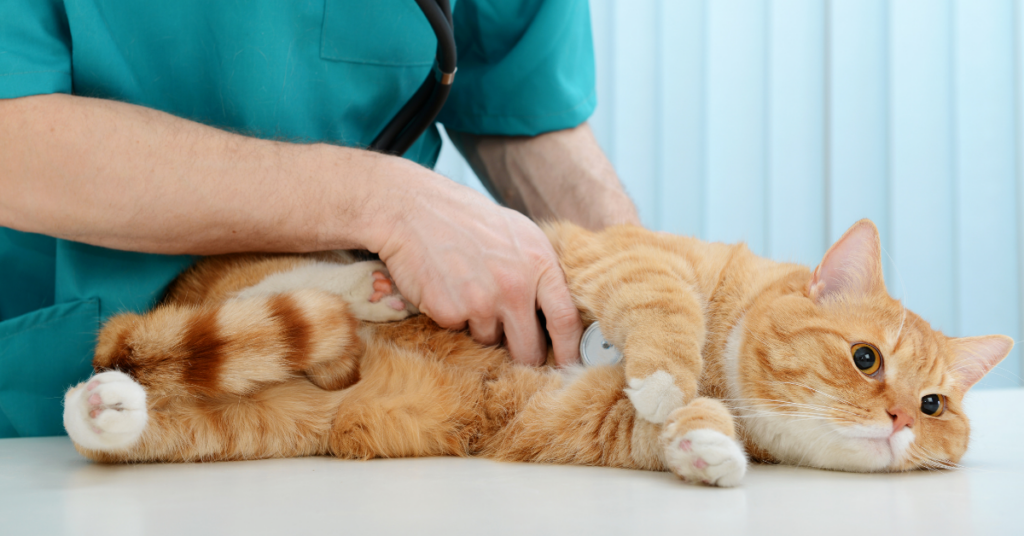
If your cat is having trouble breathing, has high pitched breathing, and the tongue turns bluish, try to open the mouth and look for any obstruction.
If you couldn’t remove the object stuck inside the cat’s mouth, and the cat lost consciousness.
Call your vet immediately to help examine the cat, take x-rays to locate the foreign object, and remove it safely.
The removal of the foreign object may be simply pulling it out of the mouth while putting the cat under sedation.
Finally, if the object was stuck for a long time and caused damage, a surgery may be required on the neck, and specific antibiotics.






